“Which electric heater for the living room should I get?” or “How do I choose the best heater for large rooms?” are common questions many in the UK ask, especially when the chill sets in. If these questions sound familiar, you’re in the right place.
This guide is here to help, whether you’re searching for a large room electric heater or a small room electric heater. We aim to simplify selecting the right heater size, ensuring you get the desired warmth and comfort.
Dive into this guide, and by the end, you’ll have a clear idea of what size electric heater you need for your home. Let’s get started!
Understanding Key Terms in Electric Heater Sizing
Choosing the right electric heater size is essential for warmth and efficiency. To make the best decision, knowing a few specific terms is important. Whether looking for the best heater for large rooms or just trying to figure out the ideal heater size for your space, these terms will guide you.
Watts vs. BTU: What’s the Difference?
When it comes to heating, understanding the units of measurement is crucial. Watts and BTU (British Thermal Units) are standard units that express how much energy a heating device can produce.
While Watts is a universal unit used in various applications, BTU is specific to the energy sector, especially in heating and cooling. These units help consumers gauge the efficiency and power of their heating devices. Let’s evaluate their differences:
| Unit | Description | Common Use | Conversion Factor | Example |
| Watts | Power unit measuring energy transfer rate. | Electric Heaters, and Appliances. | 1 Watt = 3.412 BTU/hr. | 1000W heater = ~3,412 BTU/hr. |
| BTU | Heat energy unit to raise the temperature of a pound of water by one degree Fahrenheit. | Gas Heaters, and Air Conditioning. | 1 BTU ≈ 0.293 watt-hours. | 10,000 BTU/hr system ≈ 2,930W. |
Importance of R-Value in Heater Sizing
The R-value tells us how good a material is at stopping heat flow. In simpler terms, a high R-value means better insulation.
| Term | What It Means | Why It Matters in Heating |
| R-Value | How well a material stops heat. |
|
When choosing a heater for large rooms or your living room, the R-value of your home’s walls and roof can guide your choice. A well-insulated home keeps the heat in, so you might not need a heater as powerful. But if insulation is weak, you’ll need a stronger electric heater to keep things cosy.
| R-Value | Description |
| Low | Indicates poor insulation, meaning more heat is required to warm the room. |
| High | Indicates good insulation, meaning less heat is required for the same effect. |
BEST TIP: Understanding the R-value can guide you in selecting the right heater size and ensuring energy efficiency.
Temperature Rise
Temperature rise is the difference between a room’s starting and desired temperatures. For instance, if your living room is at 15°C and you aim for 21°C, the temperature rise is 6°C.
Imagine a cold winter evening in your living room, and you’ve just got a new large room electric heater. Knowing the desired temperature rise helps you assess the heater’s performance and efficiency.
How to Use the Electric Heater Size Recommendation Chart: A Step-by-Step Guide
Selecting the right electric heater for your room doesn’t have to be a guessing game. With our Electric Heater Size Recommendation Chart, you can easily determine the most efficient heater size for your specific needs.
This guide takes into account various crucial factors such as room size, insulation quality, climate zone, and ceiling height to provide a tailored recommendation for the heater wattage required to comfortably warm your space.
| Room Size (Sq Ft) | Insulation Quality | Climate Zone | Ceiling Height | Recommended Heater Size (Watts) |
| Up to 150 | Poor | Moderate | Standard | 1250 |
| Up to 150 | Poor | Cold | Standard | 1500 |
| 151 – 250 | Poor | Cold | Standard | 2500 |
| Up to 150 | Poor | Mild | Standard | 1000 |
| 151 – 250 | Poor | Mild | Standard | 1500 |
Chart 1: Poor Insulation Quality
| Room Size (Sq Ft) | Insulation Quality | Climate Zone | Ceiling Height | Recommended Heater Size (Watts) |
| Up to 150 | Average | Mild | Standard | 750 |
| Up to 150 | Average | Moderate | Standard | 1000 |
| Up to 150 | Average | Cold | Standard | 1250 |
| 151 – 250 | Average | Mild | Standard | 1250 |
| 151 – 250 | Average | Moderate | Standard | 1500 |
Chart 2: Average Insulation Quality
| Room Size (Sq Ft) | Insulation Quality | Climate Zone | Ceiling Height | Recommended Heater Size (Watts) |
| Up to 150 | Excellent | Moderate | Standard | 750 |
| Up to 150 | Excellent | Mild | Standard | 500 |
| Up to 150 | Excellent | Cold | Standard | 1000 |
| 151 – 250 | Excellent | Mild | Standard | 1000 |
| 151 – 250 | Excellent | Moderate | Standard | 1250 |
Chart 3: Excellent Insulation Quality
To find the perfect electric heater for your room, just follow these simple steps. They’ll help you measure your space, check insulation, and consider other important factors. This easy guide is designed for anyone, regardless of your technical know-how, making the process of choosing an efficient heater straightforward and hassle-free.
Step 1: Measure Your Room
- Action: Measure the length and width of the room you want to heat.
- Tip: Use a tape measure and record the dimensions in feet.
Step 2: Calculate the Square Footage
- Action: Multiply the length by the width to get the room’s square footage.
- Example: If your room is 10 feet long and 15 feet wide, the square footage is 150 (10 x 15).
Step 3: Assess Your Insulation Quality
- Action: Determine the insulation quality of your room.
- Categories:
- Poor: Typically found in older homes with minimal insulation.
- Average: Standard insulation, common in most homes.
- Excellent: High-efficiency insulation, often in newer or recently upgraded homes.
Step 4: Identify Your Climate Zone
- Action: Consider the general climate of your location.
- Options:
- Cold: Areas with long, harsh winters.
- Moderate: Regions with mild winters.
- Mild: Places with very mild winters and minimal freezing.
Step 5: Note Your Ceiling Height
- Action: Check if your ceiling height is standard or high.
- Standard: Approximately 8 feet.
Step 6: Refer to the Chart
- Action: Using the information gathered, refer to the Electric Heater Size Recommendation Chart.
- Example: For a 150 sq ft room with average insulation in a cold climate zone and standard ceiling height, the chart recommends a 1250-watt heater.
Step 7: Select the Appropriate Heater
- Action: Look for a heater that matches the wattage recommended in the chart.
- Consideration: Ensure the heater’s voltage is compatible with your home’s electrical system.
Step 8: Consider Room Specifics
- Action: Adjust your choice based on specific room characteristics.
- Factors: Large windows, room layout, and external temperatures can influence heating needs.
Step 9: Consult a Professional
- Action: If unsure, consult with a heating and HVAC expert.
- Benefit: They can provide personalized advice based on your specific situation.
Step 10: Install and Test
- Action: Once you’ve selected your heater, install it according to the manufacturer’s instructions and test it.
- Safety First: Ensure all installations are done safely and in compliance with local regulations.
Things You Need to Consider to Find The Correct Electric Heater Size
Picking the right electric heater size is more than just knowing your room’s size. It’s about understanding how different factors can affect the warmth and comfort of your space.
Here’s a simple guide to help you choose the perfect heater for a big living room or a cosy bedroom.
Room Dimensions: The Role of Width and Length
When thinking about heaters, the first thing to consider is the size of your space. A heater’s job is to warm up every corner of your room, so knowing its size is crucial. The size of your room is your starting point:
- Measure how wide and long your room is.
- Multiply these two numbers to determine how big your room is in square feet.
This will help you decide if you need a large room electric heater or a small room electric heater.
Why Ceiling Height Matters in Heater Sizing
The height of your ceiling can change how a room feels. Higher ceilings mean more space to fill with warmth, which can affect the type of heater you need. Rooms with tall ceilings need more heat because heat rises:
- Standard Ceiling (8 feet): A regular heater should do the job.
- Taller Ceiling (9-12 feet): You might need a stronger heater to feel warm, especially near the floor.
- Very Tall Ceiling (12+ feet): Consider getting a powerful heater or maybe even two.
Sunlight and Window Exposure
Natural light can significantly influence a room’s temperature. While sunlight streaming through windows can naturally warm a room during the day, windows can also be a source of heat loss, especially during colder nights.
- Rooms with ample sunlight might require less heating during sunny days.
- Large windows, while allowing in plenty of light, can lead to greater heat loss if not well-insulated.
- It’s essential to factor in window size and exposure when selecting a heater, especially for rooms with expansive window areas.
Insulation, Draft Considerations, and Their Impact on Heater Size
Insulation is like a blanket for your home. It keeps the warmth inside and the cold outside. But if gaps or drafts exist, that warmth can escape, making your heater have to work harder. Good insulation means your room stays warm for longer:
- Feel around windows, doors, and walls. If you feel cold air, that’s a draft.
- If your home keeps warmth well, you won’t need as strong a heater.
- But if you feel drafts or your home gets cold quickly, consider getting the best heater for large rooms, even if your room isn’t that big.
Balancing Energy Efficiency with the Right Heater Size
The right size for your electric heater isn’t just about comfort; it’s also about energy efficiency. A heater that’s too small will work overtime, using more energy, while one that’s too large can lead to unnecessary energy consumption and higher bills.
You can ensure optimal performance and energy savings by selecting the right size. Here’s how the right heater size can make a difference:
- Optimal Performance: A heater that fits your room size will heat the space evenly without overworking.
- Lower Energy Bills: You can save on your energy bills by avoiding overuse or underuse. Check out our guide on electric radiators running costs to understand more.
- Longer Heater Life: A correctly sized heater faces less wear and tear, ensuring a longer lifespan.
- Reduced Carbon Footprint: Using energy efficiently means less carbon emissions, making it better for the environment.
- Smart Spending: Investing in the right heater size means you’re not paying for extra capacity you don’t need. Explore our electric heater buying guide for more insights on what to consider when buying.
Different Types of Electric Heaters
Electric heaters are versatile tools that cater to diverse heating requirements. From compact designs for small spaces to powerful units for larger areas, there’s a heater tailored for every need.
As you explore the market, you’ll come across several types, each boasting features and benefits. Here’s a brief overview of the most common electric heaters and what sets them apart:
Fan-forced Electric Heater
Fan-forced heaters are known for their rapid heating capabilities. Using a fan to circulate air over a heating element, they distribute warmth evenly throughout the room. This ensures a consistent temperature, making spaces comfortable quickly. Suitable locations include:
- Home Offices: For those chilly workdays when you need warmth fast.
- Bedrooms: Wake up in a warm room on cold mornings.
- Living Rooms: Quick and even heating for family gatherings.
Infrared Electric Heater
Infrared heaters provide warmth differently. They emit infrared radiation, directly warming objects and people. This direct warmth feels natural, similar to sunlight.
Their efficiency is notable since they heat objects without wasting energy on the surrounding air. Ideal spots for these heaters are:
- Living Rooms: Direct warmth for your favourite sitting areas.
- Hallways or Garages: Focused heat in drafty or open spaces.
- Workshops: Stay warm while working on projects.
Radiant Electric Heater
Radiant heaters offer immediate warmth by emitting infrared radiation. They directly target objects and people, providing instant comfort. Their focused heating makes them a top choice for specific areas:
- Home Offices or Reading Nooks: Immediate warmth for focused tasks.
- Rooms with High Ceilings: Direct warmth without heating unnecessary air.
- Bathrooms: A burst of warmth after a shower or bath.
Convection Electric Heater
Convection heaters warm spaces by circulating air. They pull in cool room air, heat it, and release it back, ensuring even warmth distribution. They’re effective in areas where a steady temperature is desired. Best placements include:
- Living Rooms: Maintain a consistent temperature during gatherings.
- Bedrooms: For a comfortable night’s sleep.
- Open-plan Spaces: Even heating for larger areas.
Baseboard Electric Heater
Baseboard heaters offer discreet heating at the bottom of walls. They release heat upward, ensuring an even warmth starting from the floor. Their design makes them ideal for specific rooms:
- Rooms with Limited Wall Space: Efficient heating without taking up much space.
- Under Windows: Counteract cold drafts with steady warmth.
- Bedrooms or Living Rooms: Consistent warmth from floor to ceiling.
Wall-mounted Electric Heater
Wall-mounted heaters offer a neat, space-saving heating solution. Fixed to the wall, they free up floor space, making them an excellent choice for compact areas or rooms with a lot of furniture. Their elevated position also ensures even heat distribution. Here are some prime spots for these heaters:
- Living Rooms: Positioned near sofas or TV areas for a cosy feel.
- Bedrooms: Placed above or opposite the bed for even warmth during sleep.
- Hallways: Ensuring a warm path as you move from one room to another.
Portable Electric Heater
Portable heaters bring heat wherever you need it. Easy to move, they’re perfect for rooms that only need occasional heating or for homes where fixed heaters aren’t feasible. Their flexibility is their main advantage. Consider using them in:
- Home Offices: Move them close to your desk on particularly cold days.
- Guest Rooms: Offer visitors a warm welcome without constantly heating the room.
- Garages or Sheds: Temporary warmth for short tasks or projects.
Heat Pumps
Heat pumps are unique in the heating world. They can warm your home in winter and cool it in summer. They provide efficient temperature control by drawing heat from outside and bringing it indoors (or vice versa). They’re commonly found in:
- Living Rooms: Acting as the main temperature control unit.
- Open Spaces: Maintaining a steady temperature in larger areas.
Remember: The size of your room plays a big role in heater selection. From large room electric heaters to solutions for smaller spaces, picking the right size ensures comfort and energy efficiency.
Understanding the Right Electric Heater Size for Your Needs
Selecting the ideal electric heater necessitates a keen understanding of your specific needs. The pivotal query, “What Size Electric Heater Do I Need?”, hinges on several key factors including the dimensions of your room, the quality of insulation, and your personal comfort preferences.
Whether your search is for an electric heater suitable for a spacious area or a compact one for smaller rooms, familiarising yourself with the various types on the market is crucial in making an informed decision.
Should you find yourself still uncertain about the optimal choice for your living space, our team is readily available to provide expert, customised guidance. Don’t hesitate to reach out for assistance tailored to your unique requirements.





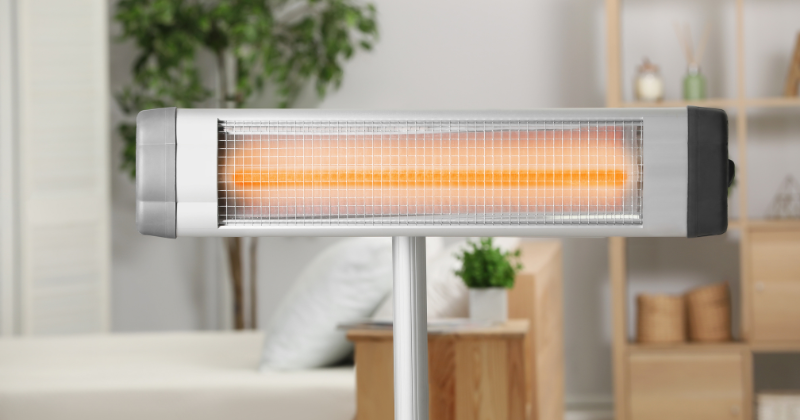

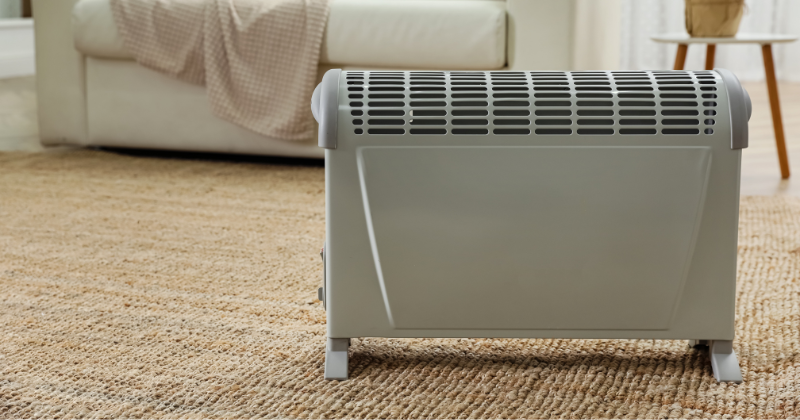
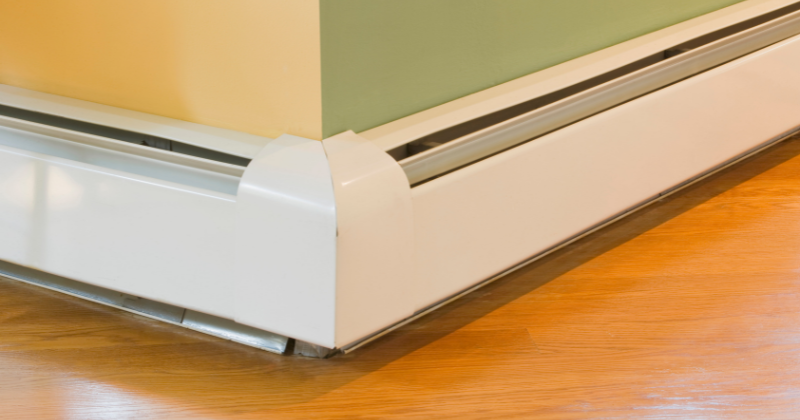
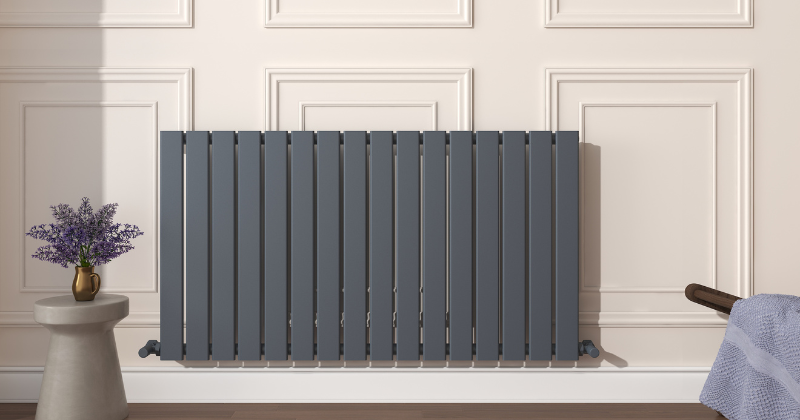

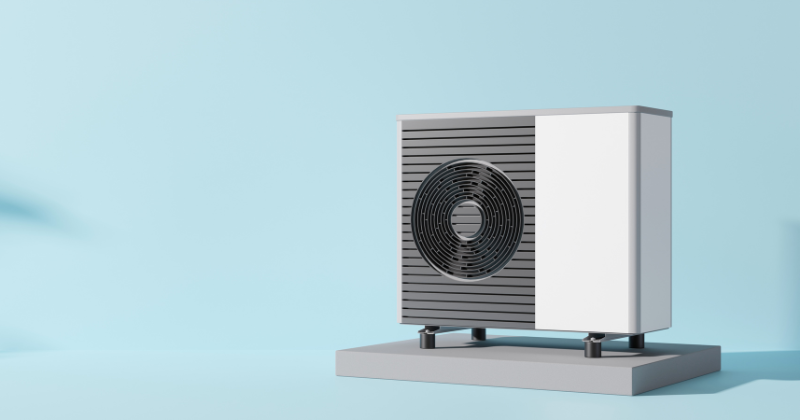





Leave a Reply